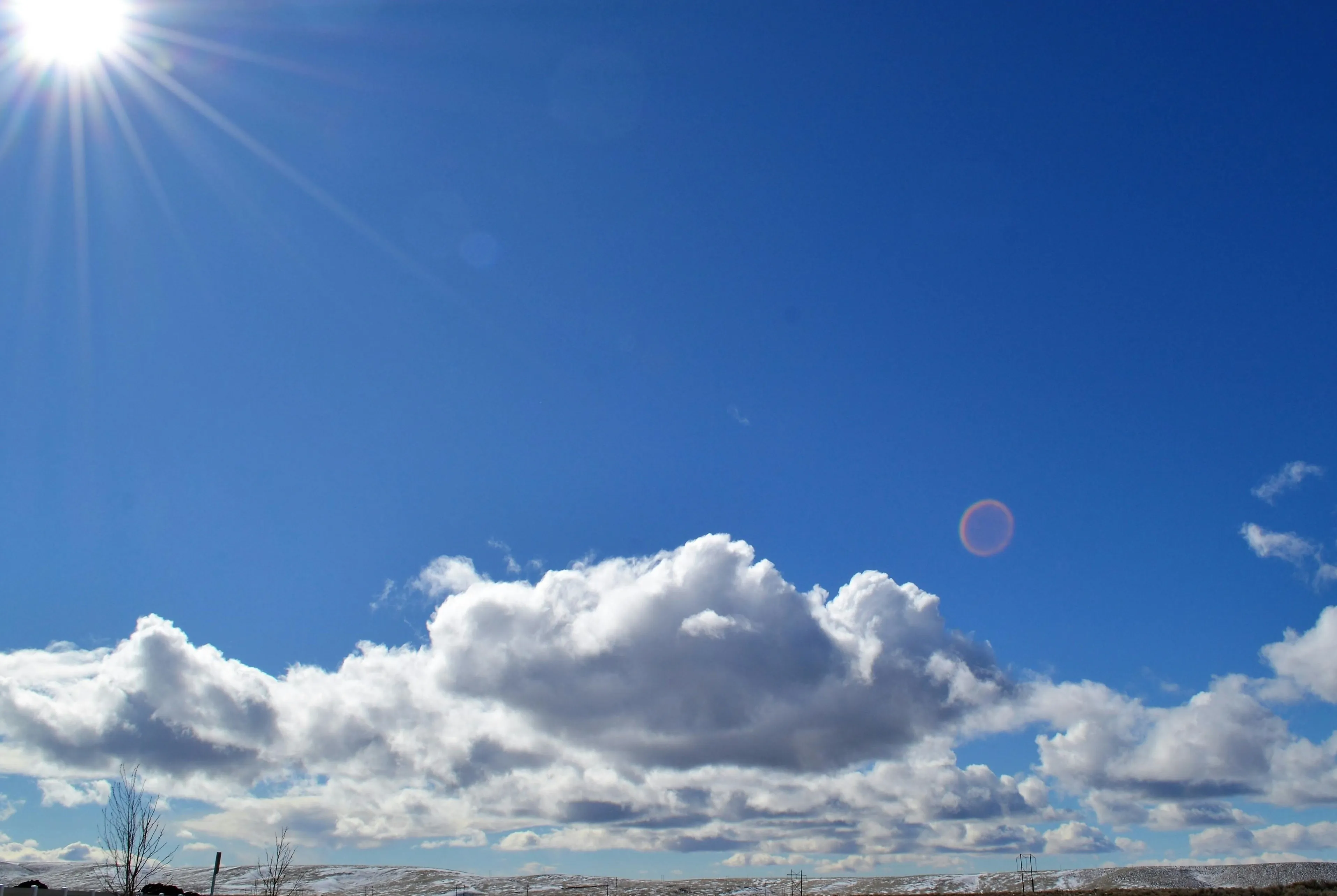How Global Weather Patterns are Affecting the 2025 Clove Harvest Season

A Perfect Storm: Analyzing the Factors Impacting the Upcoming Clove Harvest
For those involved in the global spice trade, a year is not just four seasons; it is a cycle of harvests, each with its own unique set of challenges and opportunities. As we look towards the main 2025 clove harvest season in Indonesia, several significant global and local weather patterns are converging, and importers must be prepared for their potential impact on supply, quality, and price.
This analysis provides a forward-looking perspective on the key meteorological factors at play and what they mean for businesses sourcing Indonesian cloves.
The El Niño-Southern Oscillation (ENSO) Factor
The ENSO cycle, with its El Niño (warming) and La Niña (cooling) phases, is one of the most significant drivers of weather in Indonesia. After a period of strong La Niña events which brought higher-than-average rainfall, forecasts are now pointing towards a potential shift.
- Impact of Previous La Niña: The heavy rainfall in previous seasons was beneficial for vegetative growth but could have stressed some trees, potentially impacting the flowering stage which is crucial for clove bud production.
- Potential for a Drier Season: A neutral or weak El Niño phase leading into the 2025 harvest could result in a drier-than-average dry season (typically June-September). While this is excellent for the crucial sun-drying process post-harvest, a preceding period of prolonged drought could reduce the overall yield and size of the clove buds.
The Indian Ocean Dipole (IOD)
The IOD, often called the "Indian Niño," also significantly affects rainfall in western Indonesia, where major clove-producing regions like Sumatra are located. A positive IOD phase typically brings drier conditions to the region.
- Current State: Current projections for the IOD remain neutral, but any shift towards a positive phase could amplify the drying effects of a potential El Niño, increasing the risk of lower-than-expected yields.
- Impact on Drying: On the positive side, a drier harvest season ensures that farmers can achieve the optimal moisture content of <12% efficiently, resulting in higher quality cloves with a lower risk of mold.
What This Means for Importers and Pricing
The interplay of these large-scale climate patterns creates a complex forecast. Here’s a summary of the potential market impact:
- Potential for Tighter Supply: If drier conditions do materialize and impact yields, the overall supply of high-grade cloves could be tighter than in previous years.
- Pressure on Pricing: A tighter supply, coupled with steady global demand, would naturally exert upward pressure on prices. Buyers who lock in contracts earlier may be at an advantage.
- Quality May Be High: The silver lining of a drier harvest season is the potential for exceptionally high-quality cloves. Efficient drying leads to a better preservation of volatile oils and a lower instance of defects, resulting in a premium product.
Navigating a Volatile Market with a Trusted Partner
In a market influenced by so many variables, having a reliable partner on the ground is more important than ever. At PT Sinar Sunda Nusantara, our strength lies in our extensive network of farmer cooperatives across different regions of Indonesia. This geographical diversification helps us mitigate the risks associated with localized weather events.
We provide our clients with real-time updates on crop conditions and market sentiment, allowing them to make proactive and strategic purchasing decisions. Our commitment is to provide not just a product, but also the market intelligence needed to navigate a dynamic global environment.
Stay ahead of the market. Speak with our commodity specialists to discuss the upcoming clove season and to secure your supply for 2025.